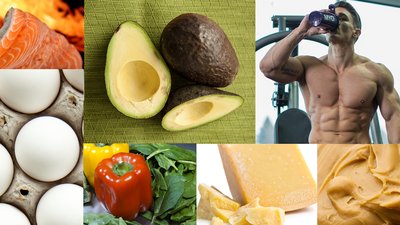So you've heard the arguments, weighed out the challenges and benefits, and decided you're all in. You're going keto.
First off, you're in good company. More people—and more athletes—than ever are embracing a very low-carb, high-fat diet and sticking with it for months, or even years, on end. Once they successfully make the switch from using carbohydrates to using fat and ketones for fuel, they find they're leaner, healthier, and more mentally focused than ever.
But for every lifter who ends up loving the ketogenic diet, you'll find another who had a miserable experience and bailed after just a few days. This is a shame, because they probably could have felt great if they had simply had a better plan—or a plan at all.
I'm not here to sell you on nutritional ketosis or explain what it is or the big-picture benefits it can provide. That's the domain of other articles. With the help of Myoplexathlete and longtime keto-adapted athlete Jason Wittrock, I'm here to provide you with your best induction experience.
Here's what you need to know to ace your nutrition and supplementation during the crucial first month of ketogenic dieting, along with a complete sample meal plan!
Your Must-Have (And Must-Not-Have) Keto Food List
Ready to head out the door and start buying groceries? Slow down there, chief. Go through the pantry, fridge, freezer, and secret stashes under the bed, and get rid of foods with any significant carb content. In the first few days, you could end up craving them—badly. This means fruit, too. Even carrots and onions are too high-glycemic to work with keto, Wittrock says.
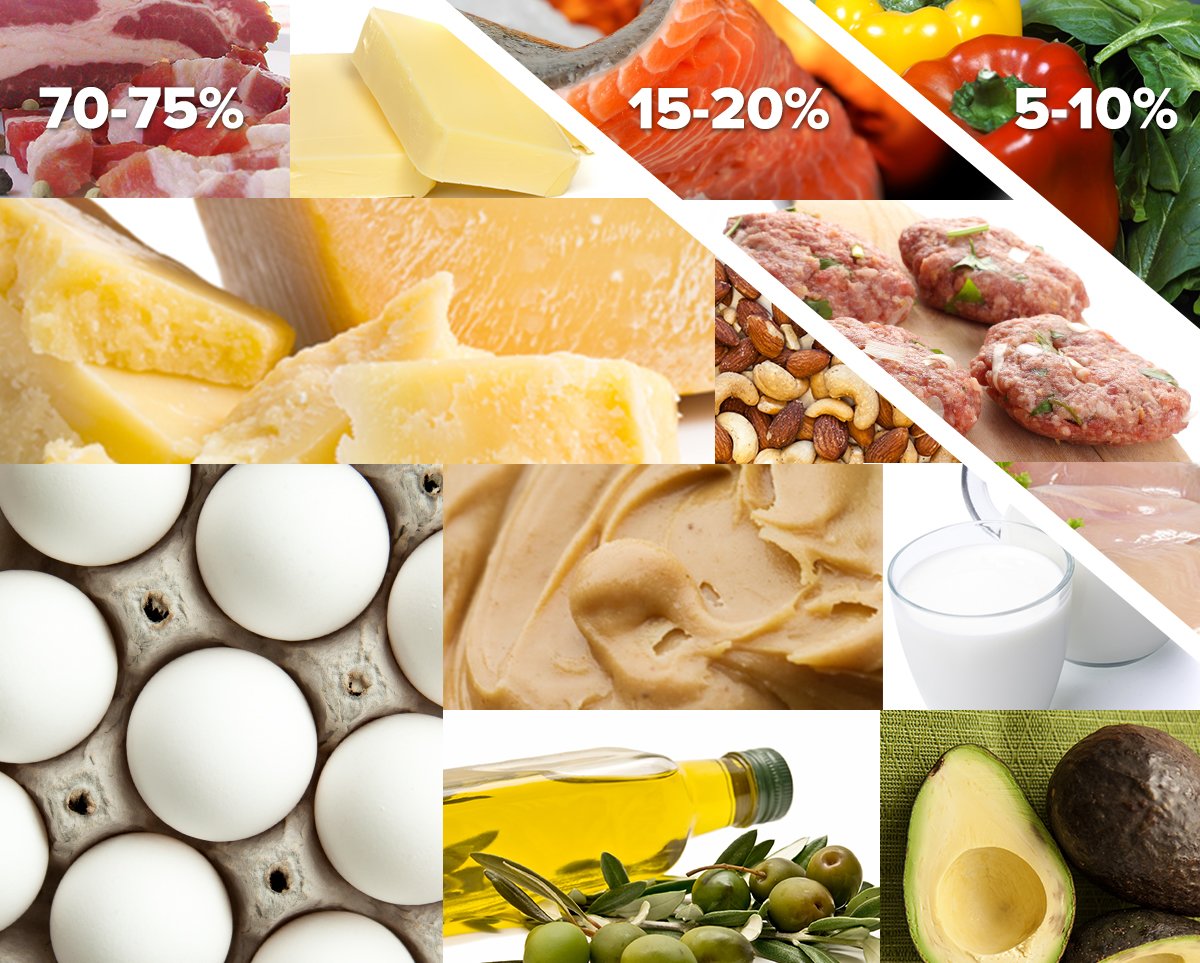
Got that done? Cool. Now, here are some of the staples you should build your ketogenic diet around:
- Fatty nuts and seeds: cashews, macadamia nuts, pumpkin seeds
- Avocado
- Whole eggs
- Full-fat cheese
- Beef: ground chuck (80/20), filet mignon, porterhouse, ribeye
- Chicken: Thighs and legs
- Vegetables: spinach and other greens, broccoli, asparagus, cabbage, mushrooms, bell pepper
- Pork rinds
- Olive oil
- Salted butter
- Heavy cream
- Sour cream
- Cream cheese
- Fatty fish: salmon, mackerel, sardines, anchovies
- Bacon
- Chicken broth or bouillon cubes with at least 1 gram sodium
That last item may surprise you, but for many people, it makes all the difference.
"Chicken broth is absolutely critical on this diet as a way to ensure you're getting enough sodium," Wittrock explains. "Any time a client calls me and feels bad, I immediately tell them to drink a cup of chicken broth, and their symptoms usually go away."
Why? When carbs are cut, we rapidly deplete glycogen, the stored form of carbohydrate. For every gram of glycogen we lose, we lose 3 grams of water. Addition of the bouillon will help prevent dehydration and improve the way you feel on the diet. Water isn't enough on keto; you need enough sodium, too.
Having some super-fatty treats to help you hit your ambitious macros is also a must. Luckily, many people have already gone where you're going and have come up with some tricks to make the transition to ketosis easier for you.
"You can find a lot of "fat bomb" recipes on the Internet," Wittrock says. "These are very good at satisfying your sweet tooth, and are a great way to increase fat consumption without going over on protein. Also, I'm a huge fan of salted pumpkin seeds and salted sunflower seed kernels. Believe it or not, pork rinds are also a very good keto snack."
Want even more guidance? Teryn Sapper, MS, lead registered dietician for the Department of Human Sciences at The Ohio State University, has written out a sample meal plan to get you up and running.
Keto Diet Meal Plan For Beginners
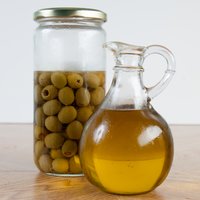 Olive Oil
Olive Oil
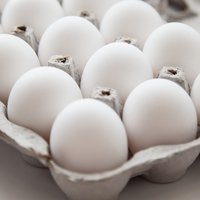 Eggs(fried in butter)
Eggs(fried in butter)
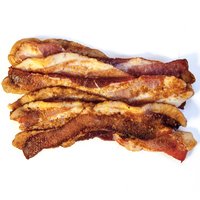 Bacon
Bacon
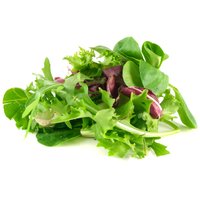 Spinach
Spinach
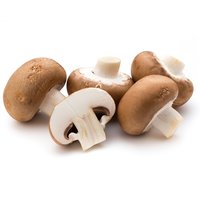 Mushrooms(sautéed with spinach in bacon grease)
Mushrooms(sautéed with spinach in bacon grease)
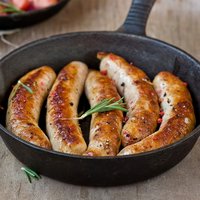 Sausage(check to make sure it's sugar-free)
Sausage(check to make sure it's sugar-free)
 Bell Pepper(roasted in 1 tbsp olive oil)
Bell Pepper(roasted in 1 tbsp olive oil)
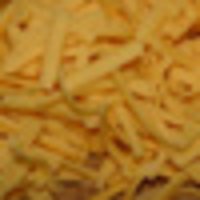 Cheese(pepper jack)
Cheese(pepper jack)
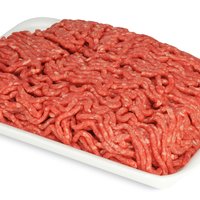 Ground Beef(80/20)
Ground Beef(80/20)
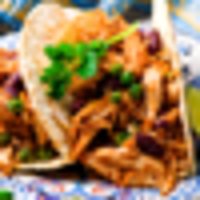 Taco Seasoning
Taco Seasoning
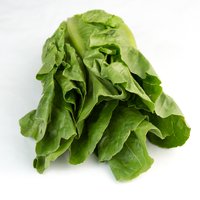 Romaine Lettuce(sliced)
Romaine Lettuce(sliced)
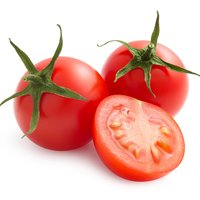 Cherry Tomato
Cherry Tomato
 Cheese(cheddar)
Cheese(cheddar)
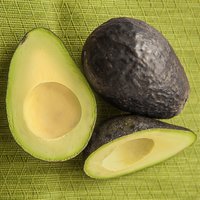 Avocado
Avocado
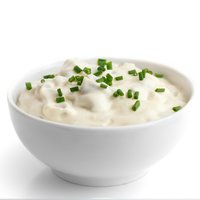 Sour Cream
Sour Cream
 Romaine Lettuce(sliced)
Romaine Lettuce(sliced)
 Bacon
Bacon
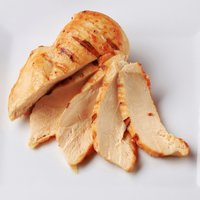 Chicken(grilled)
Chicken(grilled)
 Cherry Tomato
Cherry Tomato
 Cheese(monterey jack)
Cheese(monterey jack)
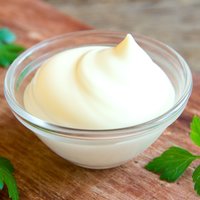 Mayonnaise
Mayonnaise
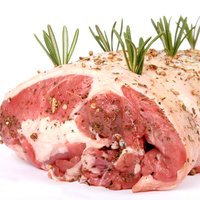 Pork(chops)
Pork(chops)
 Olive Oil
Olive Oil
 Mushrooms
Mushrooms
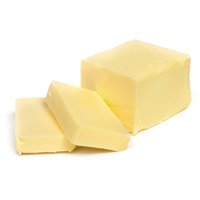 Butter
Butter
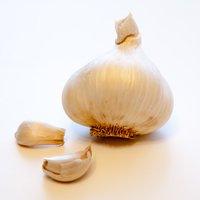 Garlic(minced)
Garlic(minced)
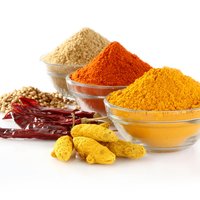 Spices(ground thyme)
Spices(ground thyme)
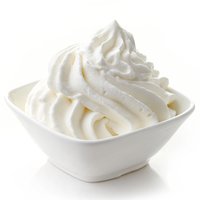 Heavy Whipping Cream
Heavy Whipping Cream
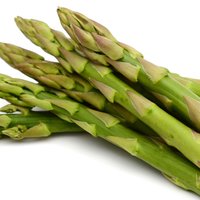 Asparagus(steamed)
Asparagus(steamed)
 Butter
Butter
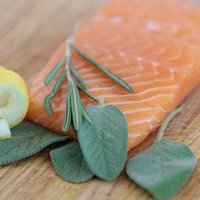 Salmon(with 1/2 tbsp butter)
Salmon(with 1/2 tbsp butter)
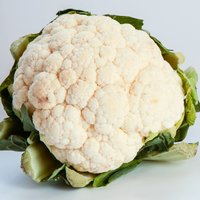 Cauliflower(steamed and mashed)
Cauliflower(steamed and mashed)
 Butter
Butter
 Sour Cream
Sour Cream
 Bacon
Bacon
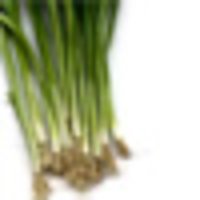 Scallions
Scallions
 Cheese(cheddar)
Cheese(cheddar)
Anytime Quick Keto Meal: "Fridge To Pan"
This is an easy way to make a tasty, keto-friendly meal—and clear out the fridge. The more variety in the ingredients, the better! Macros will vary on this one depending on the protein and veggies you use.
Add the following to a skillet with butter or olive oil:
- Protein: Ground beef, sausage, bacon, chicken, eggs
- Veggies: Bell peppers, onion, cabbage, mushrooms, asparagus, tomato, zucchini
- Sugar-Free Seasoning: Salt, pepper, garlic, taco, ranch
- Cheese: Just grate it on top and let it melt.
Snack Ideas:
- Jerky (Watch the carbs here, because different flavorings can add to the carb count quickly.)
- Cubed cheese
- Nuts and seeds
- Pork rinds
- Veggies and dip
- Sugar-free jello
Calculating And Hitting Your Macros For Keto
You may think you've got what it takes to make the switch to keto without tracking your macronutrients, but you're probably wrong. Getting your macros correct is the most important aspect of starting down the path of a ketogenic diet.
"Yes, tracking macros can be cumbersome and tedious, but it's absolutely essential during the first few weeks of a keto diet," says Wittrock. "The diet likely goes against everything you have done before, so tracking your macros gives you feedback and allows you to troubleshoot until you get the hang of it."
No matter what your diet has been before now, keto will be a big change. If you're coming from a standard American diet (SAD), your carbs will go way down, your protein may either go up or down, and your fat will go way up. If you're coming from a bodybuilding-style diet, your fat intake will jump to alarming levels, and your protein will likely drop significantly.
My protein will drop? You read that right. A keto diet meal plan represents a carbohydrate-restricted, high-fat, moderate-protein approach to macro distribution. Here's how the macros end up looking for most people:
- Carbohydrates: 5-10 percent
- Fats: 70-75 percent
- Protein: 15-20 percent
Start your calculations with carbs and protein, keeping your carbohydrates at less than 50 grams per day. Wittrock found that he likes to go even lower.
"I recommend only 5 percent of calories coming from carbs, which usually averages out to less than 30 grams," he says. "I understand why people get nervous and panic, thinking 'Can I even eat a salad?' This is why I recommend tracking only 'net carbs', which are total carbs minus fiber. For example, an avocado has 12 grams of carbs but 10 grams of fiber, which means it has 2 grams of net carbs. Also, green leafy vegetables are very nutritious and contain a lot of fiber, so you can almost eat them as much as you want and stay below your limit.
"In terms of protein," he adds, "it is often recommended that athletes following a ketogenic diet set protein between 0.6 and 1.0 grams per pound of lean mass—not per pound of body weight. Below is an example of how you could calculate the protein needs of a 180-pound lifter who has 15 percent body fat:
- 180 lbs. x 0.15 = 27 lbs. of fat
- 180 lbs. - 27lbs. = 153 lbs. lean mass
- 153 lbs. x 0.6 g = 91.8 g
- 153 lbs. x 1.0g = 153 g
- Protein range = 92-150 g per day
If you don't know your percent of body fat, either get tested or use our calorie calculatorand multiply your daily intake by 0.15-0.20 to determine your daily protein needs.
Why So Little Protein On Keto?
If you're accustomed to a protein intake well over your body weight—let alone your lean body mass—you may be skeptical about a diet that demands you reduce protein intake by as much as half. Wittrock can relate.
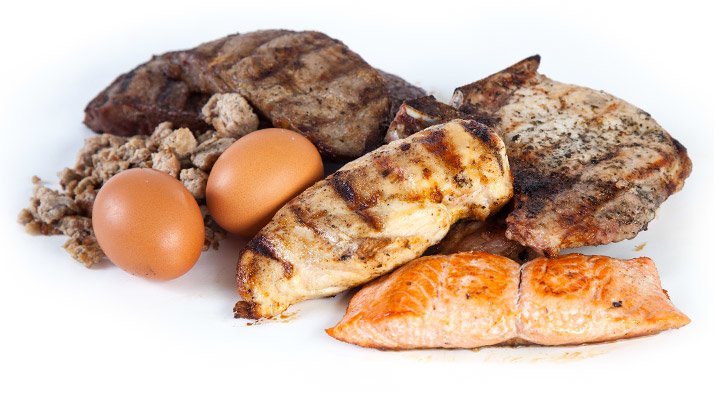
"In the beginning, I was terribly worried that I would lose muscle mass because of the low protein intake," he says. "But, I lost absolutely no muscle and was able to add lean mass to my physique. How is this possible? It's because ketones have a 'protein sparing' effect. So tons of protein is not necessary."
What happens if you go too high? Simple: Say goodbye to ketosis! Certain amino acids are gluconeogenic, which means that they can actually be used to make carbohydrates.
Put another way, keeping your protein intake too high could end up having the same effect as eating too many carbs. That said, once you gain more experience with your personal levels of ketosis, you can start playing with how much protein you consume in a day. Wittrock says he stays right around 20 percent.
Living The Fat Life
The easiest macro to calculate in the ketogenic diet is fat. Once you've got your carbs and protein set, simply fill the rest of your daily calorie needs with fat sources. If you find yourself wanting to gain a bit of weight, add approximately 500 calories, or 55 grams. If you want to lose weight, cut down on your fat intake by 200-500 calories, or 22-55 grams.
When following a ketogenic diet, most people inherently start with a fat phobia and are scared to lather it on. Wittrock remembers these days vividly.
"It was extremely difficult," he recalls. "You spend your entire life hearing that fat makes you fat and causes heart attacks and strokes. Now, all of a sudden, you're eating 200 grams of fat per day. There is a huge psychological component to conquer before you can become successful with the keto diet. In the beginning, it's like trying to convince people 1,000 years ago that the world is in fact round, not flat."
Still, it can be hard to get enough fat when you first start this diet. Butter, nuts, coconut and olive oils, and fatty cuts of meat are all on the menu. However, don't go overboard with polyunsaturated fats like soybean, corn, or sunflower oil. Keto dieters who increase their intake of those fats often end up with gastrointestinal distress that causes them to jump ship.
Defeating The "Keto Flu"
You've likely heard horror stories of what competitors feel like when they cut carbs low, or when the average bro talks about going keto. However, the odds are that those people were not actually in nutritional ketosis, or more importantly, following a well-formulated ketogenic diet. Yes, you may experience some fogginess and discomfort, but it doesn't have to be intense if you handle it right.
Within just a couple days of cutting out carbs and raising fats, ketone concentrations in the blood rise and the brain will begin using them for energy preferentially. This initial keto-adaptation process usually takes about four weeks to complete, at which point you'll reach peak fat-burning adaptations.
Pretty much all of the keto side effects you hear about happen in those first four weeks—sometimes even in the first 4-5 days. Experienced ketogenic dieters like Wittrock swear that most of them can be chalked up to a single cause: lack of electrolytes.
"Plenty of people jump right in, thinking all they have to do is cut carbs and increase fat. All of a sudden, they hit a wall and get 'keto flu.' They feel tired, lethargic, and experience headaches," Wittrock says. "The primary reason they get these symptoms is lack of the three primary electrolytes: sodium, potassium, and magnesium. If you're deficient in any of these, you'll suffer mentally and physically. This is the single biggest reason people fail on the keto diet."
So how do you get enough of these big three? Sure, you can use supps, but you don't have to. A better approach is to make some small changes in your meal plan.
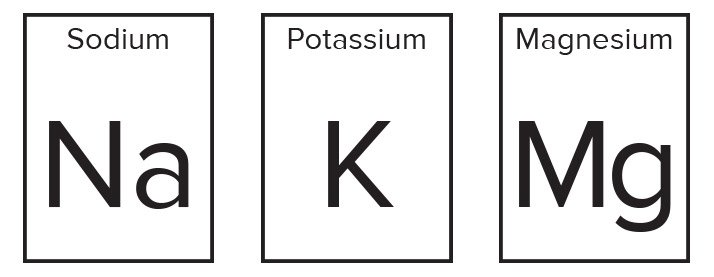
"For sodium, I recommend salting your food, eating salty snacks, and using chicken broth," Wittrock says. "Increasing sodium is hard for people to grasp, because they associate sodium intake with water retention and fat loss. But replacing your lost sodium is critical, especially when you're working out."
As for the other two electrolytes, meet your new best friends: avocados, greens, and nuts.
"I suggest you eat 1-2 avocados per day," Wittrock says. "Green leafy vegetables are also a great source of both potassium and magnesium."
The fattiest nuts and seeds, like almonds, pistachios, pecans, walnuts, and pumpkin seeds, also happen to be the ones that contain the most magnesium. Make them a regular part of your keto diet, but don't to be afraid to supplement if you need to.
If you find yourself beginning to get muscle cramps or headaches, toss a bouillon cube into a mug of hot water with a tablespoon or two of salted butter. Not only will this relieve some of the symptoms, but it also provides an easy avenue for upping fat intake.
Keto-Friendly Workout Supplements
The most science-backed performance-boosting supplements, such as creatinemonohydrate, beta-alanine, and caffeine, are all A-OK on the ketogenic diet. So, if you take a pre-workout, you should be able to continue without issue. I would also recommend gulping down some bouillon before your session to ensure your sodium and magnesium levels are on point.
As for branched-chain amino acids, you'll find smart people who swear that they're keto-friendly, and others who don't. One of the BCAAs, valine, can be glucogenic, meaning that it can lead to glucose production and potentially contribute to leaving ketosis behind.[1] But does that mean it will happen? Not necessarily, particularly if you're just an occasional supplement user.
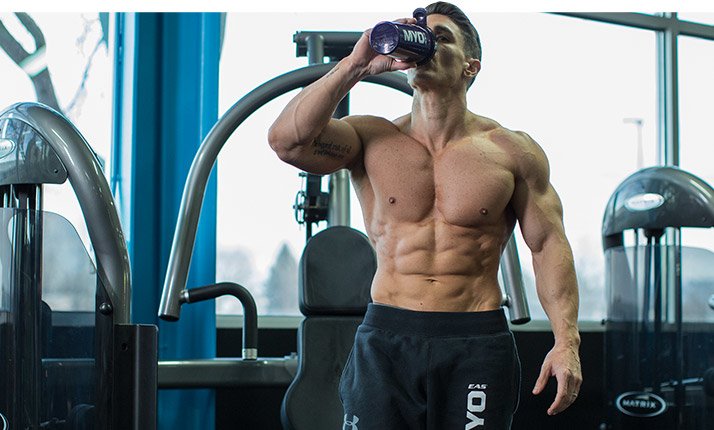
For your first month or so, be restrained but not unduly strict. If BCAAs help you train and recover, drink them during your training, but don't guzzle them all day. And if you have any doubts about whether they're affecting your ketone levels, your test sticks should tell you.
This is a good point to reinforce that if ketosis is your goal, you need to test your ketone levels with keto sticks or something similar often. Don't just assume your plan is working!
Many ketogenic dieters also swear by MCT oil. (MCT simply stands for medium chain triglycerides.) MCT's energy-sustaining powers can be explained as follows: When MCT oil is metabolized in the body, it behaves more like a carbohydrate than a fat. Unlike other fats, MCT oil does not go through the lymphatic system. Instead, it is transported directly to the liver where it is metabolized so it releases energy like a carbohydrate and creates lots of ketones (which can be used for fuel) in the process.
If you want to slam a protein shake post-workout, that's probably fine as long as you've got room for it in your macros. But shoot for one that is very low—like, zero—in carbohydrates. Pure isolates, such as Signature 100% Whey Isolate, are extremely low in carbohydrate. If you struggle to fit fat in during the day, toss a tablespoon of olive oil in with your shake. You won't taste it, and it gives a quick 13-14 grams of fat.
If you're the type who takes carbs post-workout to spike insulin, well, stop. Put that Pop-Tart down!
Whatever you do, resist the urge to cheat, refeed, or otherwise deviate from the plan. For the first few weeks in particular, ketogenic dieting demands strict adherence. Stick with it and give it a chance to work!

